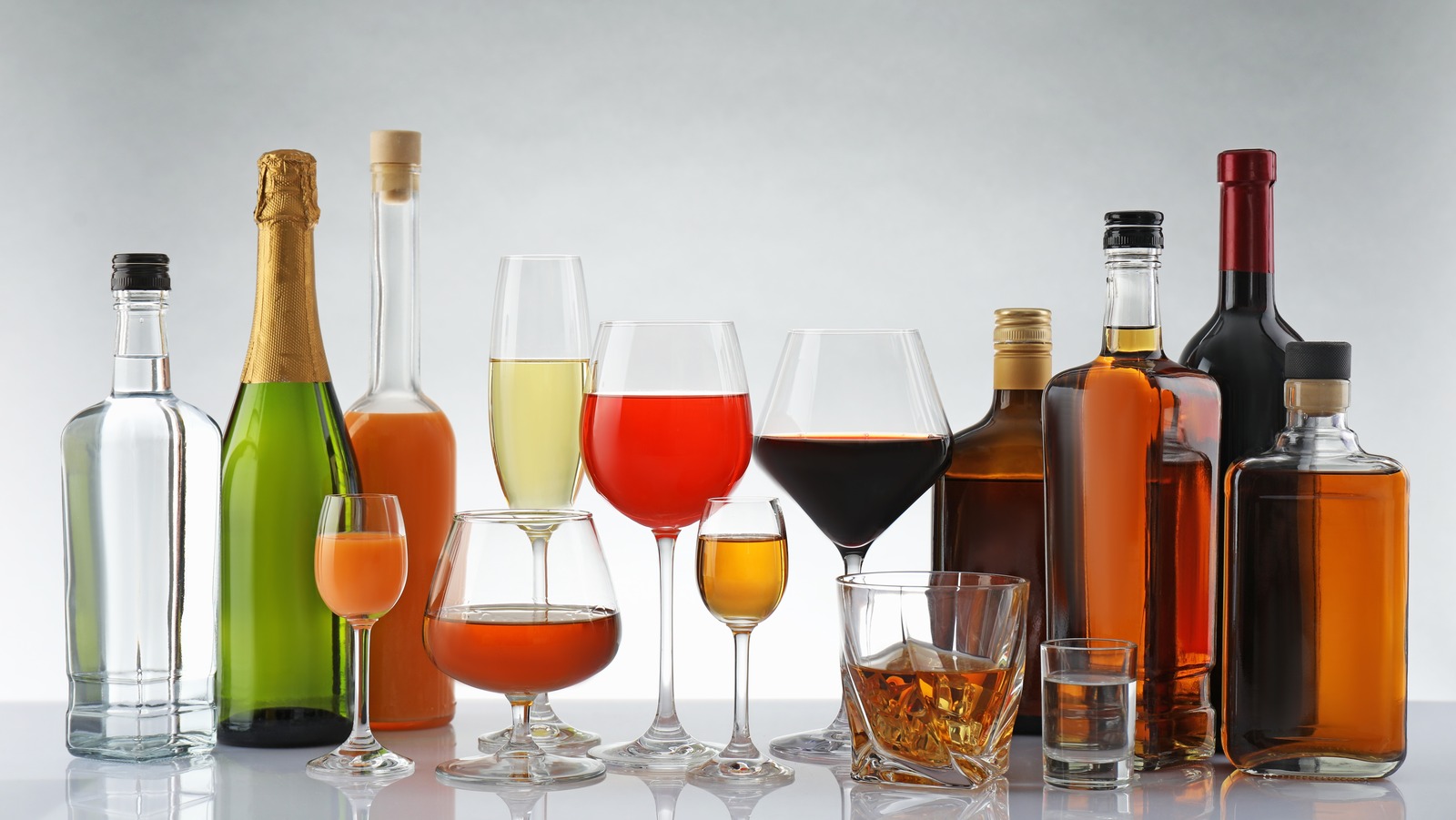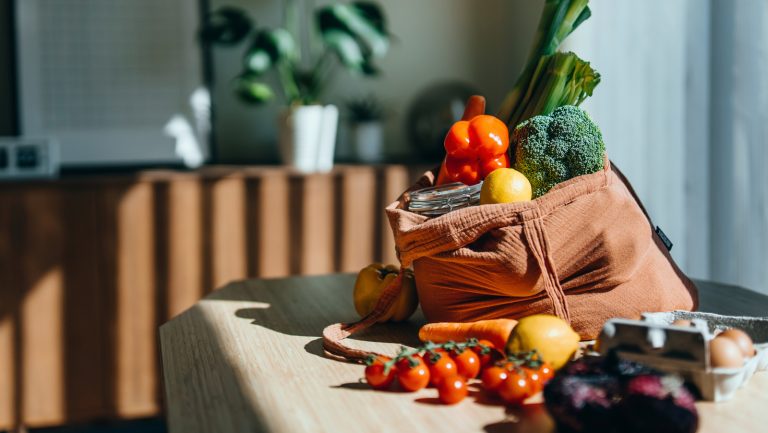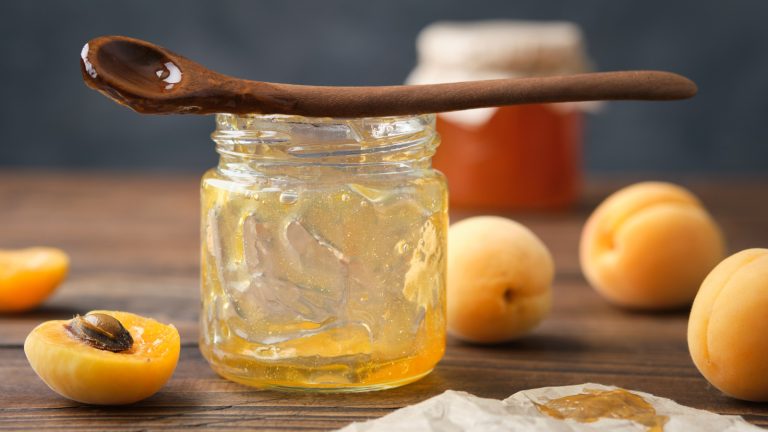Classics are classics for a reason. At the same time, there tends to be an explanation as to why certain beverages haven’t quite reached icon status. Below are 15 old-timey drinks that no one enjoys anymore, thanks to questionable ingredients, tedious mixing methods, and odd flavor combinations. The resulting concoctions range from curiosity-inducing to down-right dangerous (please don’t ever make Tarantula Juice, it might kill you like it did some Old West cowboys).
Unfortunately, you probably won’t be able to snag a Harvest Drink from your local café or a bottle of Ciderkin at your neighborhood dive. You’re better off ordering something else with widely available ingredients. These peculiar concoctions date as far back as the medieval period and as recent as the Prohibition Era, but will they make your mouth water? When it comes to most of them, that’s unlikely. Will they pique your interest, though? That’s for certain.
Egg Lemonade
Lemonade? Delicious. Egg lemonade? Sounds a bit suspicious. One Redditor came across the non-alcoholic recipe in an 1888 bartending manual, and other versions can also be found in Temperance Movement cookbooks. Egg lemonade features all your classic lemonade ingredients: lemon juice, sugar, and water. But, of course, there’s the intriguing addition of one fresh, raw egg.
According to the adventurous folks over on the Cocktails Subreddit, egg lemonade is surprisingly “palatable,” with the egg giving the beverage a “custard like flavor,” reminiscent of lemon meringue pie. The only drawback? This old-timey drink comes with a pretty pungent aroma. That might explain why it’s not so popular in the 21st century. If you’re curious and want to give it a shot, the Redditor who found the egg lemonade recipe recommends adding a dash of bitters. It’s not at all traditional, but the bitters help cancel out that funky smell, making for the perfect, creamy lemonade.
Old Fashioned Fruit Punch
Fruit punch of yore doesn’t exactly resemble the fire-engine red Hawaiian Punch you’ll find on contemporary grocery store shelves, which, by the way, was initially created to be an ice cream topping. Instead of the nostalgia-laden beverage that was a staple in the lunchboxes of ’80s, ’90s, and early 2000s kids, this Prohibition Era drink was made with a few simple ingredients: strongly brewed tea, orange juice, lemon juice, ginger ale, and club soda.
This particular version of Old Fashioned Fruit Punch was likely a non-alcoholic take on Philadelphia Fish House Punch, which was chock-full of spirits like rum, cognac, and peach brandy. Refreshing, alcohol-free, and without any of the high fructose corn syrup, artificial flavors, or synthetic dyes of modern Hawaiian Punch, Old Fashioned Fruit Punch could become your new go-to drink for social gatherings — just make sure you know how many gallons of punch to make for a party.
Sarsaparilla
This beverage from America’s Old West was thought to be a cure for ailments ranging from everyday headaches and rumbling tummies to STIs and tuberculosis. Sarsaparilla was brewed using the dried root bark of plants in the Smilax genus, which can be found in countries around the globe and has a bitter flavor, lending itself to that medicinal vibe. Nonetheless, saloons across the Old West didn’t have a standardized recipe for sarsaparilla; some used other flavors like the far more palatable and refreshing sassafras root instead.
While some versions of the old-timey drink bore the label sarsaparilla, others were simply called root beer, which actually is a misleading name. Regardless of what your saloon bartender would have sold it to you as, each of those beverages claimed to have some medicinal properties, although their effectiveness is questionable.
Hongkong Cooler
A Hongkong Cooler is a beverage you won’t be finding on modern menus, but it certainly sounds delicious. One version of the recipe appeared in a May 1915 edition of northern Wisconsin’s Iron County News. It calls for Ceylon tea, sugar, lemon, cloves, maraschino cherries, rum, and crushed pineapple poured over ice and garnished with powdered sugar-dusted sprigs of mint and a candied orange peel.
The cookbook, “Extra! Extra! Eat All About It! Recipes and Culinary Curiosities from Historic Wisconsin Newspapers,” features the Hongkong Cooler when both hot and iced tea was an important component of social events of the time period. Another newspaper of the era even noted that “high medical authority recommends iced tea as a summer drink.” A Hongkong Cooler will certainly do the trick on a hot summer day (but if you’re looking for something non-alcoholic, so will this iced tea with a tropical twist).
The Ivanhoe
One Redditor on the Cocktails Subreddit found a strange recipe from an early 1900s cocktail book that featured a potent mix of spirits, bitters, and lemon. Called The Ivanhoe, the recipe called for two parts bitters. Yes, you read that correctly — two parts bitters, not two dashes, like you might expect. It also required two parts each of scotch, gin, sweet vermouth, and Cointreau, along with a single teaspoon of lemon juice. Talk about a stiff drink.
As the Redditor confirms, the resulting beverage is indeed “quite strong” and “definitely medicinal and bitter,” but the taste wasn’t all bad. Instead, they note that the mix of alcohols worked better together than expected, though it’s not a recipe they’ll be making again anytime soon.
Ciderkin
Water wasn’t exactly safe to drink during colonial times, so early American settlers gave their children Ciderkin, a hard cider and molasses drink that’s only lightly alcoholic. The beverage is much weaker than your typical hard cider, which is probably why the beverage wasn’t as broadly consumed after safe drinking water became widely available.
In fact, “Stage-Coach and Tavern Days,” a book written by Alice Morse Earle and published in 1900, said it was also referred to as “water-cider.” The old-timey drink was “deemed especially suitable for children to drink” and was made by “pouring water over the solid dregs left after the cider had been pressed from the [apple] pomace, and pressing it.” You won’t find the beverage at any modern big box retailers or on the menu at any local bar or cocktail lounge — and you certainly won’t catch any modern parents giving it to their children at dinnertime.
Barley Lemonade
Another twist on the summertime staple, barley lemonade was a Prohibition Era beverage that could be found in Temperance Movement cookbooks of the period. At first glance, it sounds a bit more palatable than egg lemonade, as this version of the drink features sugar, water, lemon, and barley water. The mild, slightly nutty flavor of the barley water makes for a pleasing beverage, one worth a spot on your menu for the perfect picnic.
Beyond its use in the Temperance Movement, the combination of barley water and lemon has roots in the realm of home remedies. Victorian Era French chef Alexis Soyer had a similar barley lemonade recipe in his 1851 book, “The Modern Housewife,” in the section on foods for those who were ill. Nowadays, there are surely better cures for your ailments, but it’s not surprising that a drink like barley lemonade was pleasing to taste. After all, plenty of folks enjoy a citrusy brew.
Baked Milk
Any pre-refrigeration recipe featuring a highly perishable item like milk might give you pause, but the recipe for baked milk sounds tastier than the name suggests. The beverage emerged from Russian households and involves baking milk in the oven (or simmering it on the stove) for several hours to ferment. Once four to eight hours have passed, the milk takes on a slightly deeper hue with a rich, creamy texture and caramelized taste.
Versions of baked milk recipes eventually made their way into publications like the 1857 “Mrs. Hale’s New Cook Book: A Practical System For Private Families In Town And Country” and “The Wife’s Own Book of Cookery” from 1864. It even ended up in a Temperance Movement cookbook shortly before Prohibition was enacted. That particular publication recommends consuming baked milk with jam or stewed fruit, which actually seems like it might be yummy considering the beverage’s similarity in taste to condensed milk.
Harvest Drink
The 1924 edition of “The New Home Cookbook” published by the Illinois State Register gives an odd recipe for what it dubs as a “Harvest Drink.” Don’t expect to be finding any autumnal flavors in this old-timey beverage. Instead, it combines vinegar, molasses, and ginger. All of those strong, pungent flavors are then cut with a whole lot of water to make the beverage slightly more drinkable.
The resulting drink looks like a glass of flat Coca-Cola and is funky and bold … and probably not nearly as pleasing to contemporary consumers’ palates as it might have been to those of folks alive a century ago. With thousands of drink options to choose from at your local supermarket (and even more if you make your beverages from scratch), it’s understandable why something like the Harvest Drink hasn’t remained a staple.
Boston Cream
Boston Cream was a recipe featured in a variety of cookbooks of yesteryear, but if you’re envisioning layers of light sponge cake, sweet pastry cream, and rich chocolate all combined in liquid form, sorry to disappoint. This old-timey beverage doesn’t quite resemble the beloved Boston Cream Pie, which actually has an inaccurate name.
This drink was made from a combination of sugar, lemon essence, tartaric acid, and a whipped egg white. These four ingredients, along with some water, would be combined and bottled. When it came time to serve the Boston Cream, a third of a cup would be filled with the bottled mixture, then the rest of the glass would be filled with water fizzed slightly with baking soda. The result is a curious-looking beverage that’s foamy and frothy on top but with near clear liquid beneath. Go ahead and give it a try, just know that you’ll be hard pressed to find any modern beverage to compare it to flavor-wise.
Saloon Whiskey
Beer and wine were common in the Old West, but whiskey reigned supreme. However, saloon whiskey isn’t quite the same as the kind you’ll find in modern bars and liquor stores. Back in the 19th century, there weren’t regulations and guidelines surrounding alcohol like there are now, so whiskey constituted a much more general category of alcohol. Back then, it was a clear, corn-based alcohol that could be flavored with a variety of ingredients like tobacco, molasses, and red peppers to impart a more distinct taste and a deeper color. Rattlesnake heads were also reported to have been included in some recipes, which is why the whiskey of the 1800s “Wild West” probably tasted horrible.
One Redditor on WildWest Subreddit recreated historical saloon whiskey by flavoring 100 proof white whiskey with burnt sugar and prune juice (two of the more mild options for adding flavor and color). They noted that the resulting product is actually “burn free” compared to contemporary whiskey options. You won’t be able to find saloon whiskey like this at your corner store, but if you’re looking to start dabbling in modern whiskey, there are 12 terms you’ll want to know before buying it.
Tarantula Juice
This is another beverage dating back to the Old West, and it’s best that it hasn’t had a modern revival. While those on the frontier in the 1800s had access to wine from California and beer from Milwaukee, St. Louis, and England, it wasn’t always potent enough for their liking. Bourbon and rye whiskey were available, too, but their effects paled in comparison to that of Tarantula Juice.
Tarantula Juice was made with highly toxic strychnine and a wood grain alcohol made, in part, with turpentine, that folks back then referred to as gin. According to the Tahoe Daily Tribune, Tarantula Juice can evoke muscle spasms and nervous energy, as well as a skin-crawling sensation that made it feel like spiders were crawling on you (hence the name Tarantula Juice). Beyond those vicious symptoms, the poisonous strychnine could also cause death, making Tarantula Juice a recipe to leave in the past.
Milk Punch
Milk punch doesn’t sound too appetizing, but according to Smithsonian Magazine, the three-ingredient brandy-based colonial concoction loved by none other than Benjamin Franklin. In essence, hot milk is poured into the brandy and lemon juice mixture, making the milk curdle. After letting the liquid stand for some time, it is then strained until clear.
Though the whole exercise might sound a bit odd, the milk clarification process (also known as milk washing) results in a beverage both silky and citrusy. This 300-year-old technique imparts a smoothness that can soften even the harshest, lowest quality spirits and, historically, would also help to extend the lifespan of milk-based drinks. Nowadays, though, it’ll be difficult to find an American tavern that’ll pour you a glass of Benjamin Franklin’s clarified milk punch. Not many bartenders seem too keen on the idea of dealing with curdled milk.
Cosmopolitan…but made a bit differently
Strut up to the bar and order a Cosmopolitan à la Carrie Bradshaw and you’ll be delivered a sweet and tart rosy drink, thanks in large part to the cranberry juice. It’s the key to achieving the perfect pink color in your Cosmo. Back in the day -– the 1930s, to be a bit more precise –- this iconic cocktail was made a bit differently.
It might be hard to believe, but this old-timey version didn’t have a drop of cranberry juice in it. The recipe comes from the bartending book, “Pioneers of Mixing at Elite Bars: 1903-1933,” and includes raspberry syrup to give the cocktail that signature pink hue and sweet, tart taste. The rest of the recipe diverges from the contemporary Cosmo in other ways, too. Don’t expect to get out the vodka or Cointreau if you plan on whipping up the vintage variety. Instead, you’ll need to grab some gin and triple sec. Add that all together with a bit of lemon juice and you’ll have made a Cosmo that was consumed nearly 100 years ago, and you might be surprised to find that it has a similar flavor profile to the modern version.
Dandelion and Burdock
Dating back to the middle ages, dandelion and burdock might be the oldest beverage on this list. According to the Dominican Friars of England, Scotland, and Wales, many credit St. Thomas Aquinas with inventing all the way back in the 1200s. As the tale goes, he was suffering from writers’ block and after being divinely inspired to walk in the countryside, he made a beverage from the first plants he came across: English dandelion and burdock root.
As the Friars tell it, this beverage helped with his concentration, thus curing that pesky writers’ block. At the time it was developed, dandelion and burdock would have been slightly alcoholic, as it was made as a light mead with a flavor that comes across as both earthy and herbal.





